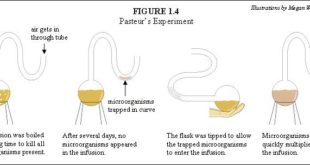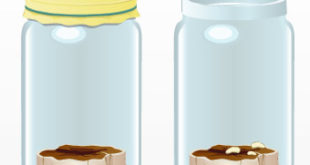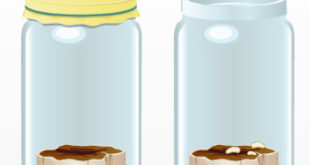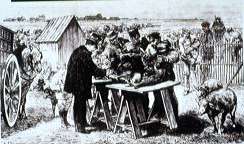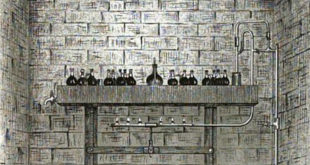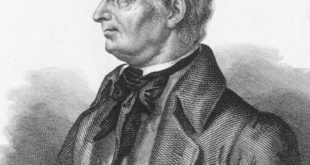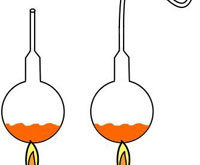In his famous experiment, Louis Pasteur used a special flask whose neck was shaped like an S or the neck of a swan, hence the name “Swan Neck Flask.” He put a nutrient rich broth in the flask, which he called the “infusion.” He then boiled the infusion killing any microorganisms which were already present. Then he allowed the infusion …
Read More »Experiments
Louis Pasteur, Francesco Redi, and Spontaneous Generation for Kids
Where do cells come from? If a cut of meat is let out, over time it will putrefy and begin to teem with microorganisms and possibly with larger organisms like maggots. Prior to the mid-to-late 19th century, the origin of microorganisms in decaying matter was in question. Some maintained that microbes arose from other microbes that landed on the food …
Read More »Francesco Redi and Spontaneous Generation
The theory of Spontaneous Generation proposed that life or living organisms could be “spontaneously generated” from non living matter. Similar to Louis Pasteur’s spontaneous generation experiment, the 17th century Italian scientist Franceso Redi conducted an experiment to refute the theory of Spontaneous Generation nearly 200 years earlier. Controlled Experiment by Redi Francesco Redi showed that maggots do not spontaneously arise …
Read More »Summary Report of the Experiments Conducted at Pouilly-le-Fort, Near Melun, on the Anthrax Vaccination
by Louis Pasteur (with the Collaboration of Mr. Chamberland and Mr. Roux) Originially published in the Comptes Rendus de l’Academie des Science 92:1378-1383, June 13, 1881. In a lecture which I presented to the Academy last February 28, the purpose of which was to discover a method for preparation of attenuated anthrax, I spoke on behalf of myself and my …
Read More »Louis Pasteur Experiment: Refute Spontaneous Generation
This simple Louis Pasteur experiment is perfect for teaching kids the basics of microbiology. The steps of his experiment are as follows: Louis Pasteur designed an experiment to test whether sterile nutrient broth could spontaneously generate microbial life. To do this, he set up two experiments. In both, Pasteur added nutrient broth to flasks, bent the necks of the flasks …
Read More »Louis Pasteur Experiment: The Forcing Process in Brewing Beer
— Note from the Pasteur Brewing Editor: The “forcing process” was designed to estimate the relative keeping quality of beers, by investigating the production of healthy yeast and/or bacteria in beer samples, prior to bottling. This is a highly technical process and requires efficient laboratory equipment. — Originally published in “The Microscope in the Brewery and Malt-House” in 1889. CHAPTER …
Read More »Spallanzani and Louis Pasteur – Spontaneous Generation
Louis Pasteur’s experiments fueled his scientific work and validating his ideas with careful experimention was his passion. The most famous Louis Pasteur experiment was that which he created to disprove the theory of Sponteneous Generation, the theory that living organisms can be “spontaneously generated” from non-living material. Through his experimentation Louis Pasteur concluded that microscopic organisms are present in the …
Read More »Famous Louis Pasteur Experiment: Spontaneous Generation
The steps of the Louis Pasteur Experiment proving the existence of microbes are outlined below: In the first step of the Louis Pasteur experiment, he prepared a nutrient broth similar to the broth one would use in soup. Next, he placed equal amounts of the broth into two long-necked flasks. He left one flask with a straight neck. The other …
Read More » Pasteur Brewing Louis Pasteur – Science, Health, and Brewing
Pasteur Brewing Louis Pasteur – Science, Health, and Brewing 